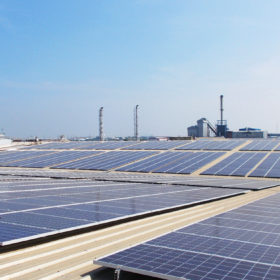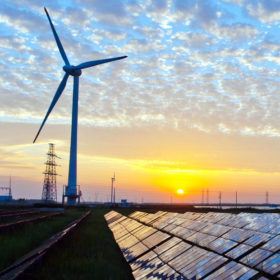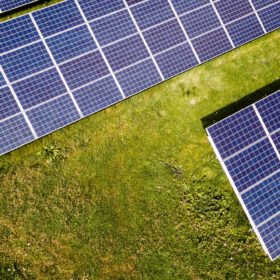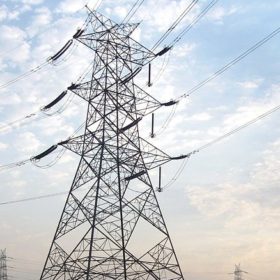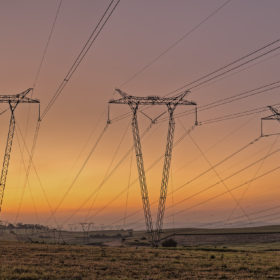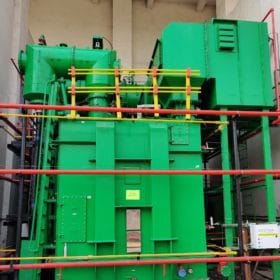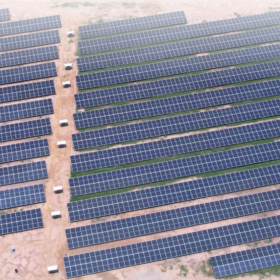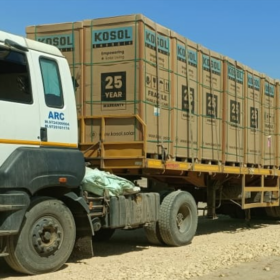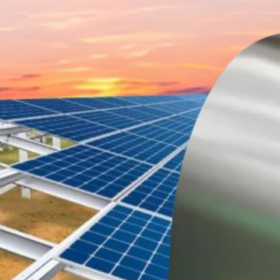Transmission system expansion, digitalization critical to Southeast Asia’s grid modernization
To achieve its sustainability targets, Southeast Asia will require integrated strategy and execution across generation, transmission, and distribution, as well as planning that balances both capital and operational expenditures. The regional power industry will need partners who can merge data analytics with engineering expertise to deliver timely and actionable insights that realize the full potential of assets and facilities.
An open letter to power minister on Draft Electricity Rules, 2021
The current proposed draft policy has the potential to act as a game-changer for the renewable energy industry. However, the government needs to relook at certain elements.
Proposed power market reforms could reduce renewable energy costs further
A new IEEFA note discusses the impact of the proposed market-based economic dispatch mechanism for procuring bulk power, and regulations for frequency control ancillary services.
SECI seeks land for agriculture feeder-level solar power plants
The Solar Energy Corporation of India Limited (SECI) has invited Expression of Interest to identify the applicants who are interested in leasing or selling their land to developers for setting up agricultural feeder-level solar power plants in the State.
Hitachi ABB Power Grids commissions ultra-high-voltage DC link connecting Indian states
The 1,800-kilometer link connecting Raigarh in Chhattisgarh to Pugalur in Tamil Nadu can deliver 6 GW. Power can be transmitted in either direction, depending on demand.
Larsen & Toubro secures transmission line, substation orders
The Indian multinational EPC contractor has been awarded significant power transmission and distribution contracts in Ladakh and Ayodhya, in addition to overseas projects in Saudi Arabia, Africa and Thailand.
One Nation, One Grid, One Price
The Indian power sector is set for a revolution with the proposed market-based economic dispatch (MBED) mechanism. MBED aims to establish a uniform pricing framework that prioritizes the least cost and most efficient generators while backing down more expensive ones, thereby creating a national merit order.
Electricity demand in India to grow at 6% in FY2022
Ratings agency ICRA maintains a negative outlook for thermal power generation despite a rise in electricity demand. The thermal plant load factor will remain subdued at 57%. The gap between the average cost of supply and the average tariff for discoms is estimated at 70-75 paise per unit for FY2022.
Tata Power commissions India’s largest natural ester filled power transformer in Mumbai grid
The 110/33/22 kV, 125 MVA power transformer is installed at the BKC receiving station in collaboration with Hitachi ABB Power Grids and Cargill.
India’s $122bn energy stimulus spending may benefit fossil fuels most
A report says India’s energy investment commitments over the last 14 months largely feature measures for power transmission and distribution that could benefit greenhouse-gas-producing fuels more than renewables.

